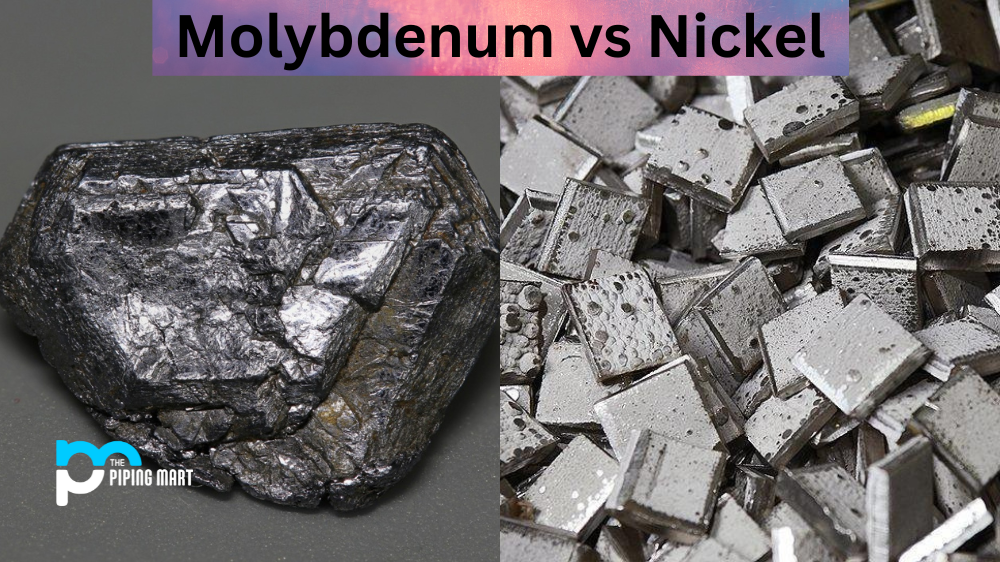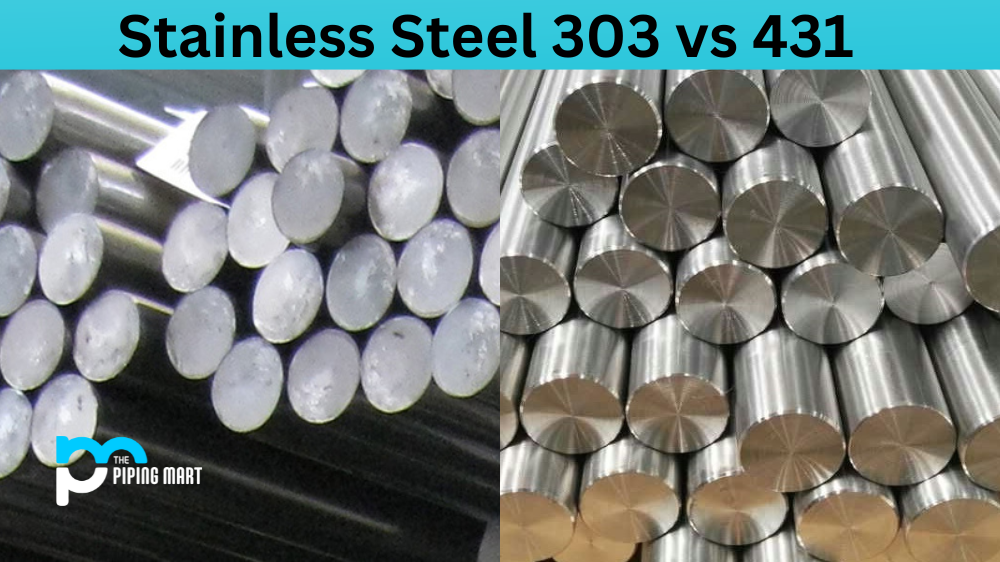Our world is a melting pot of fascinating elements and minerals that interact with one another. But two elements that have caused quite a stir in recent times are molybdenum and nickel. Both elements are extensively used across various industrial applications, but the debate between them has always been raging. Both molybdenum and nickel have unique properties, and choosing one over the other could mean a significant difference in product quality and cost. In this blog post, we shall look at each element’s properties, uses and benefits, and we hope to clarify the age-old question: which is better, molybdenum or nickel?
What is Molybdenum?
Molybdenum is quite a fascinating element. It may not be as well-known as some other elements like carbon or oxygen, but it plays a crucial role in our world nonetheless. This metallic element boasts high tensile strength and excellent corrosion resistance, making it a valuable addition to the production of steel. But molybdenum’s usefulness doesn’t stop there. It also has applications in everything from electronics and aircraft parts to fertilizers and even some types of medication. So although it may not be a household name, molybdenum is undoubtedly a crucial component of modern life.
What is Nickel?
Nickel is a metallic element that is commonly found on Earth. It is considered a transition metal, along with other elements such as iron and copper. Nickel has a silvery-white color and is relatively hard and ductile, which means it can be easily bent or stretched without breaking. One of the unique features of nickel is its resistance to corrosion, making it a popular choice for many industrial applications. It is also used in the production of various alloys, such as stainless steel, which are used in everything from cooking utensils to jet engines. While nickel may be small in size, its impact on our daily lives is significant.
Difference Between Molybdenum and Nickel
- Molybdenum is a transition metal with an atomic number of 42. It is found in the periodic table in group 6, between chromium and tungsten.
- Nickel is a transition metal with an atomic number of 28. It is found in the periodic table in group 10, between cobalt and copper.
- Molybdenum has a higher melting point than nickel, at 2623 degrees Celsius, compared to 1453 degrees Celsius for nickel.
- Molybdenum is more resistant to corrosion than nickel.
- Nickel is less expensive than molybdenum, making it a popular choice for many applications.
Conclusion
In conclusion, the debate between molybdenum and nickel has yet to be a clear winner, as both elements have unique strengths and weaknesses. The decision to use molybdenum or nickel depends on the specific application, product quality, and price. Molybdenum is cheaper, abundant, and ideal for applications that require excellent toughness, ductility, and resistance to corrosion. Meanwhile, nickel is valuable in applications that require excellent corrosion resistance, electrical conductivity, and visual appeal. Ultimately, the ultimate choice between Molybdenum and Nickel boils down to their properties and the requirements of the given application.

Meet Bhavesh, a seasoned blogger with a wealth of knowledge and experience. From metal products manufacturing to retail, Bhavesh has a diverse background in various industries and is dedicated to sharing his insights and expertise with readers.




